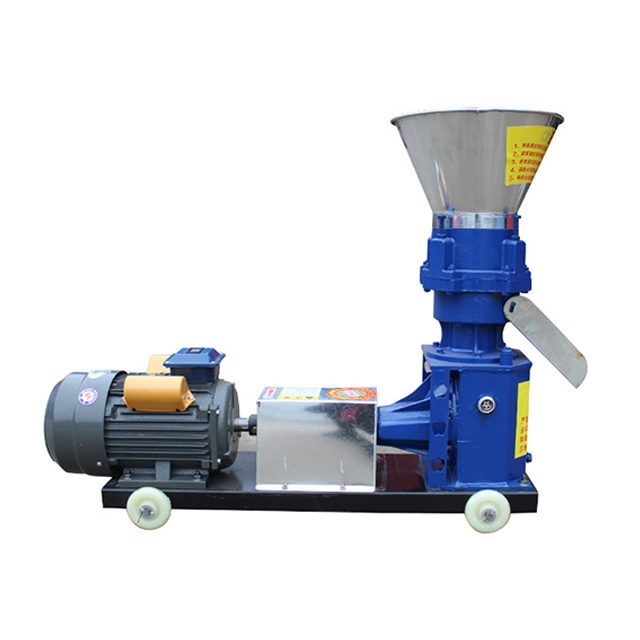Working principle of organic fertilizer pellet machine
The working principle of an organic fertilizer pellet machine mainly involves the following methods:
1. Extrusion Granulation
Material Feeding: The powdered or semi - wet organic fertilizer raw materials are first fed into the hopper of the pellet machine. These raw materials can be a mixture of various substances such as composted livestock manure, decomposed crop straw, and other organic matter with added binders or additives if necessary.
Extrusion Process: Inside the machine, a screw conveyor or a set of rollers rotates. As the material moves forward due to the rotation of the screw or the pressure of the rollers, it is forced through a die plate. The die plate has a series of holes with the desired pellet diameter. The material is extruded through these holes in a long - strip shape. For example, if the die plate has holes of 3 - 5mm in diameter, the material will form long strands with a cross - sectional diameter corresponding to the hole size.
2. Rotary Disk Granulation
Initial Setup: The powdered organic fertilizer material is placed on a rotating disk. The disk rotates at a certain speed, which can usually be adjusted according to the characteristics of the material and the desired pellet size.
Pellet Formation: As the disk rotates, the material is rolled and tumbled around. Under the influence of the centrifugal force and the addition of a small amount of binder (if needed), the fine powder gradually aggregates and forms small granules. The size of the granules increases as they continue to roll and pick up more material.
3. Spheronization Granulation
Dough - like Material Preparation: The organic fertilizer raw materials are mixed with a suitable amount of binder and water to form a dough - like mass. This mass should have the appropriate consistency to allow for spheronization.
Spheronizer Operation: The dough - like material is fed into a spheronizer, which typically consists of a rotating bowl or drum. As the bowl rotates, the material is shaped into spherical pellets due to the rolling and tumbling action. The rotation speed and the residence time of the material in the spheronizer can be adjusted to control the pellet size and roundness.


